Heat Exchangers (Plate)
-
In Stock

Alpha 280P 280E Plate Heat Exchanger 6.5633110
£66.00 Exc. VAT £55.00 Add to cart -
In Stock
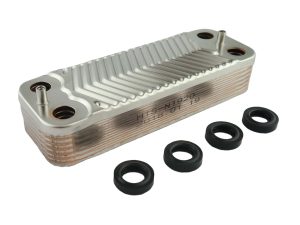
Alpha Boiler Plate Heat Exchanger 6.5625460 61011164 237472 235842
£27.82 – £80.00 Select Options This product has multiple variants. The options may be chosen on the product page -
In Stock
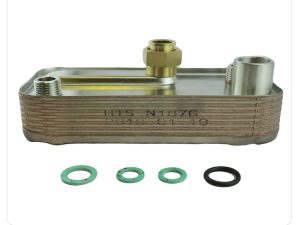
Alpha Cb24 Cb24X Heat Exchanger & ORingS 1.015957 Was 1.031113
£32.00 – £96.00 Select Options This product has multiple variants. The options may be chosen on the product page -
In Stock
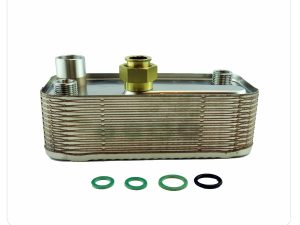
Alpha CD32C Boiler DHW Plate Heat Exchanger (24 PL) 1.018597
£58.29 – £77.00 Select Options This product has multiple variants. The options may be chosen on the product page -
In Stock
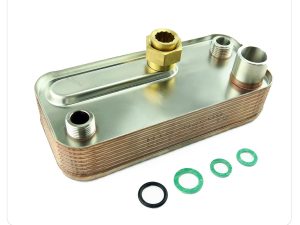
Alpha Ocean Plate Heat Exchanger 1.015958
£32.00 – £66.00 Select Options This product has multiple variants. The options may be chosen on the product page -
In Stock
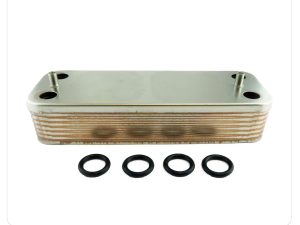
Ariston Boiler Plate Heat Exchanger (14 PL) 571646
£46.20 Exc. VAT £38.50 Add to cart -
In Stock
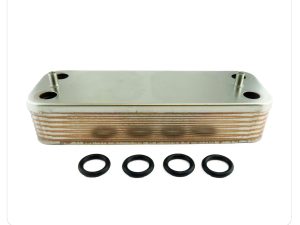
Ariston Boiler Plate Heat Exchanger (14 PL) 998483
£46.20 Exc. VAT £38.50 Add to cart -
In Stock
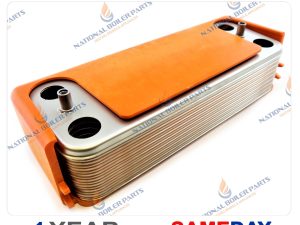
Ariston Boiler Plate Heat Exchanger (14 PL) 998483
£27.70 Exc. VAT £23.08 Add to cart -
In Stock
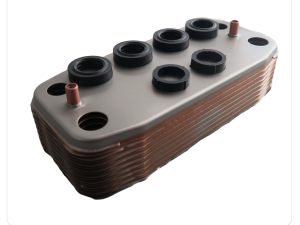
Ariston Boiler Plate Heat Exchanger (16 Plates) 990685
£44.00 Exc. VAT £36.67 Add to cart -
Out of Stock
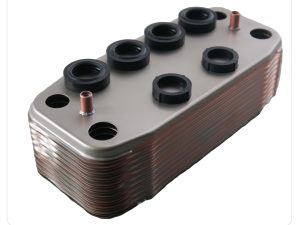
Ariston Boiler Plate Heat Exchanger (20 Plates) 60001344
£66.00 Exc. VAT £55.00 Add to cart -
In Stock

Ariston Chaffoteaux Boiler DHW Heat Exchanger (16 PL) 61302409-01
£135.30 Exc. VAT £112.75 Add to cart -
In Stock
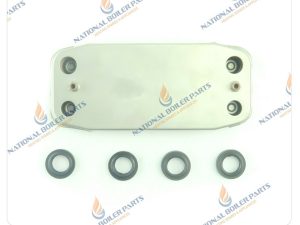
Ariston Secondary Heat Exchanger Part 995945 1576578
£27.50 Exc. VAT £22.92 Add to cart
